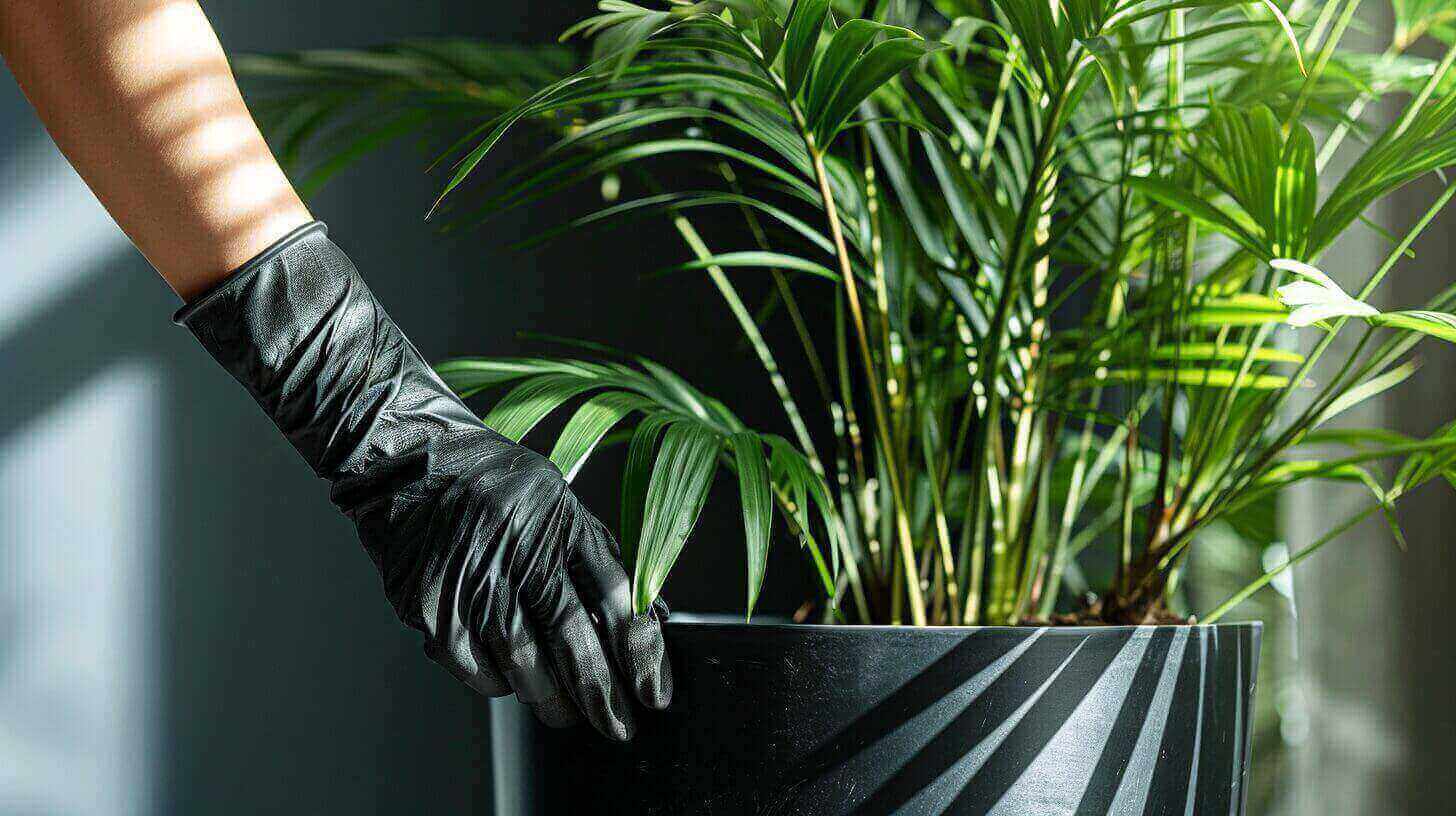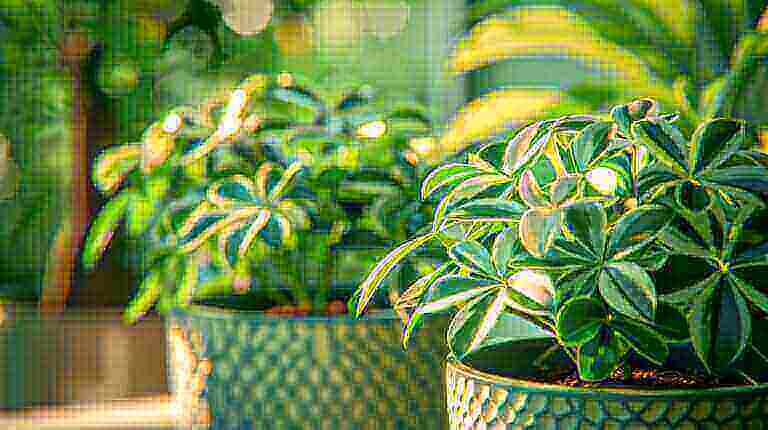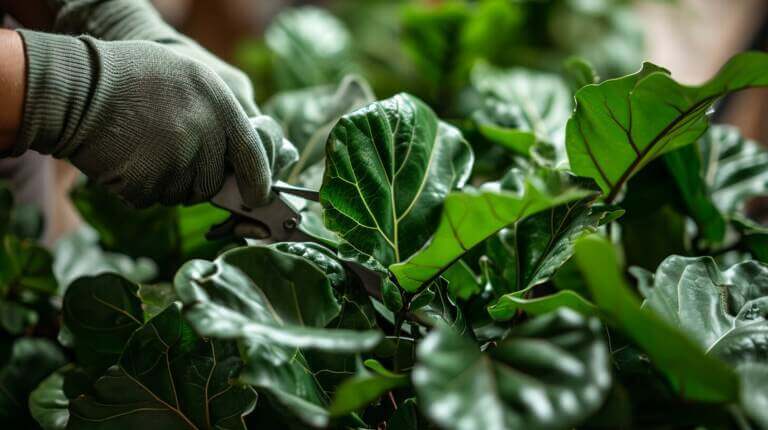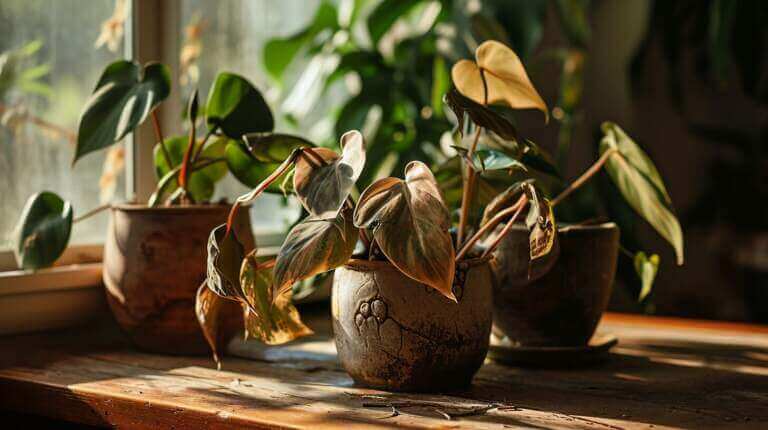Repotting Parlor Palms(Chamaedorea Elegans) to Encourage New Growth
As an indoor gardening enthusiast, I have always been captivated by the beauty and resilience of Parlor Palms (Chamaedorea elegans). These stunning houseplants, with their vibrant tropical fronds, can bring a touch of natural elegance to any indoor space. If you’re looking to boost the growth of your Parlor Palm plant and create an even more lush and vibrant display, repotting is an essential step to consider. In this section, I will guide you through the process of repotting Parlor Palms to encourage new growth, ensuring that your indoor gardening endeavors are successful.
Key Takeaways
- Repotting Parlor Palms is a crucial step to encourage new growth and boost their overall health.
- Parlor Palms, also known as Chamaedorea elegans, are popular indoor plants known for their durable and undemanding nature.
- These palms thrive in well-drained acidic to neutral soil, bright indirect sunlight, and temperatures between 65°F and 75°F.
- Light, soil, water, temperature, humidity, and fertilizer are essential factors to consider for the care of Parlor Palms.
- There are different types of Parlor Palms, including Chamaedorea elegans ‘Bella’ and Chamaedorea erumpens, each with its own unique features and visual appeal.
Care Tips for Parlor Palms
Parlor palms, also known as Chamaedorea elegans, are popular indoor plants that add a touch of tropical beauty to any space. To ensure your parlor palm thrives, it’s important to provide the right care. Here are some essential care tips to keep your parlor palm healthy and vibrant:
Light:
Parlor palms prefer medium to bright indirect light, but they can also tolerate low light conditions. Place your palm near a north or east-facing window where it can receive filtered sunlight throughout the day. Avoid exposing it to direct sunlight as this can scorch the leaves.
Soil:
The right soil is crucial for the health of your parlor palm. Use a well-draining mix of peat, sand, and perlite to ensure proper drainage and prevent waterlogged roots. This will help prevent root rot and other moisture-related issues.
Water:
When it comes to watering, it’s important to strike the right balance. Allow the top inch of soil to dry out before watering your palm. Stick your finger into the soil to check the moisture level. When it feels dry, water the plant thoroughly, ensuring the water reaches all the way to the bottom of the pot.
Temperature and Humidity:
Parlor palms thrive in warm temperatures ranging from 65 to 80°F. Avoid exposing them to temperatures below 60°F as this can stunt their growth. These plants also appreciate high humidity levels, so it’s a good idea to mist the leaves regularly or place the pot on a tray filled with water and pebbles to increase humidity around the plant.
Fertilizer:
Fertilizing your parlor palm during the growing season can promote healthy growth. Use a balanced, slow-release fertilizer specifically formulated for indoor plants. Follow the instructions on the fertilizer packaging for the proper dosage and frequency. Avoid over-fertilization as this can damage the plant’s roots.
By following these care tips, you can ensure your parlor palm thrives and continues to bring beauty and tropical vibes to your indoor space. Remember to observe your plant closely and make adjustments to its care regimen as needed. With proper care, your parlor palm will reward you with lush foliage and a touch of greenery all year round.
Types of Parlor Palms for Your Indoor Space
When it comes to choosing Parlor Palms for your indoor space, there are a variety of options to consider. Two popular choices are Chamaedorea elegans ‘Bella’ and Chamaedorea erumpens.
Chamaedorea elegans ‘Bella’ is a sought-after variety known for its compact size. It’s perfect for smaller spaces, such as apartments or offices. Despite its smaller stature, ‘Bella’ still boasts stunning foliage that adds a touch of elegance to any room.
On the other hand, Chamaedorea erumpens is a captivating variety that stands out with its unique fronds and vibrant canopy. Its lush, green foliage creates a tropical atmosphere, bringing a slice of paradise to your home or workspace.
Whether you choose Chamaedorea elegans ‘Bella’ or Chamaedorea erumpens, both types of Parlor Palms will not only enhance the visual appeal of your indoor space but also contribute to a healthier living environment. Their air-purifying abilities make them an excellent choice for anyone seeking to improve the air quality in their home or office.
FAQ
How often should I repot my Parlor Palm?
Parlor Palms should be repotted every 2-3 years or when they become rootbound. Signs of rootbound plants include roots growing out of the drainage holes and stunted growth.
What type of soil should I use when repotting my Parlor Palm?
Parlor Palms thrive in well-draining soil. A mix of peat, sand, and perlite is ideal to prevent waterlogging and promote healthy root growth.
Can I use regular potting soil for my Parlor Palm?
Regular potting soil may be too heavy and retain too much moisture for Parlor Palms. It is best to use a well-draining mix specifically formulated for tropical plants.
How much light does a Parlor Palm need?
Parlor Palms prefer medium to bright indirect light. They can also tolerate low light conditions, but this may slow down their growth.
How often should I water my Parlor Palm?
Water your Parlor Palm when the top inch of soil feels dry. Avoid overwatering, as this can lead to root rot. It’s important to let the soil slightly dry out between waterings.
What is the ideal temperature range for Parlor Palms?
Parlor Palms thrive in temperatures between 65°F and 75°F. Avoid exposing them to extreme hot or cold temperatures.
Do Parlor Palms require high humidity?
Parlor Palms prefer warm and humid conditions. To increase humidity, you can place a humidifier nearby or mist the leaves regularly.
Should I fertilize my Parlor Palm?
Fertilizing with a balanced, slow-release fertilizer during the growing season can benefit the Parlor Palm. However, avoid overfertilization, as it can harm the plant.
Can I propagate Parlor Palms?
Yes, Parlor Palms can be propagated through division. When repotting, you can carefully separate the plant into smaller sections, making sure each section has roots attached.
Are Parlor Palms safe for pets?
Parlor Palms are non-toxic to cats and dogs, making them a safe choice for pet owners. However, it’s always best to monitor your pets and discourage them from chewing on any houseplants.
How tall do Parlor Palms typically grow?
Parlor Palms can reach heights of up to 6 feet when grown indoors. However, their growth rate can be slow, and it may take several years for them to reach their full height.







